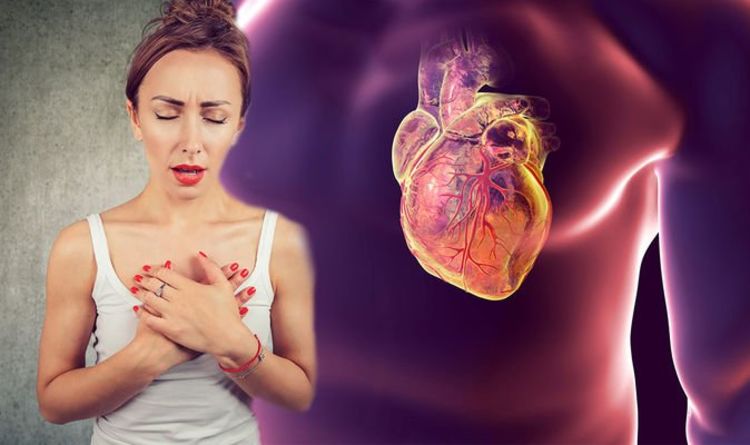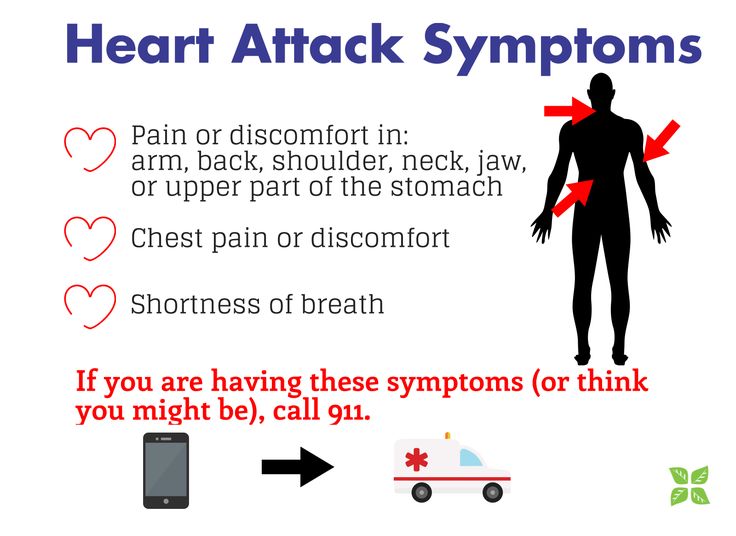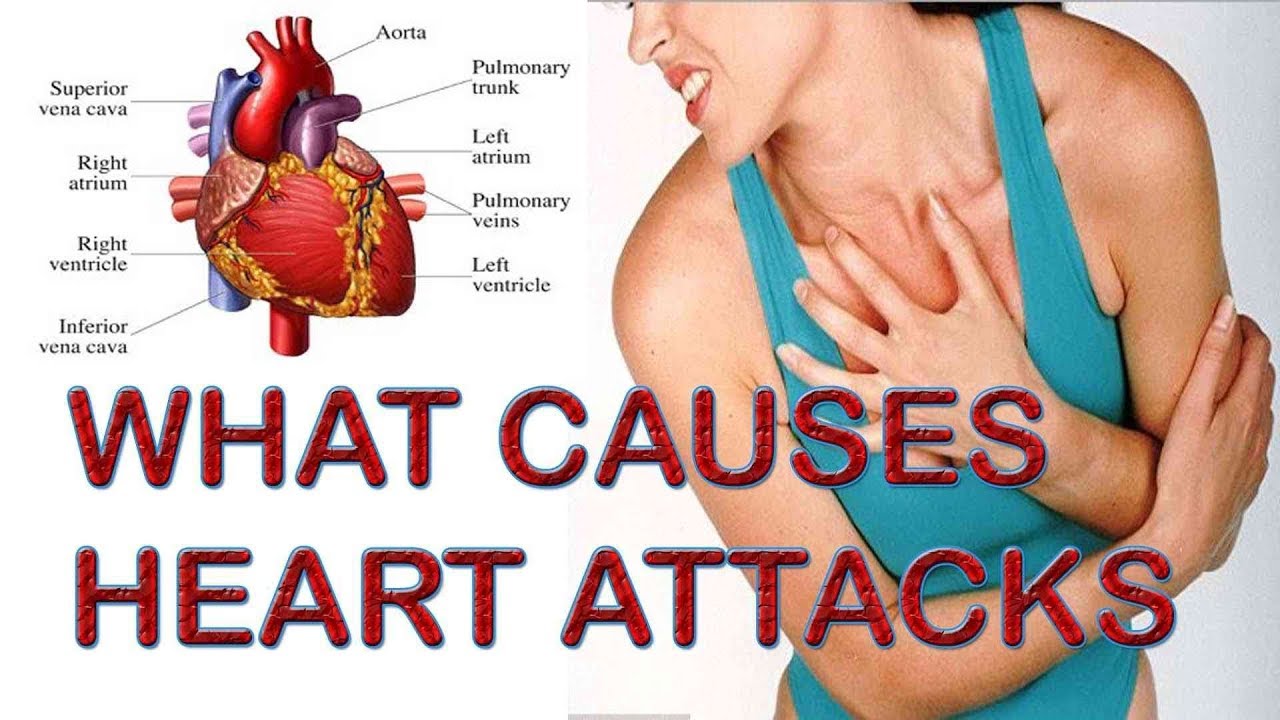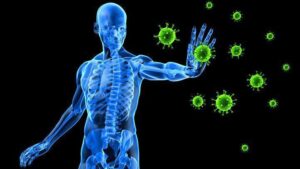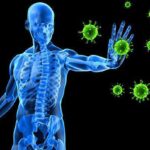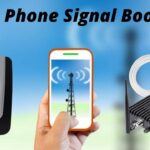A heart attack occurs when an artery that sends blood and oxygen to the heart is blocked. While chest pain is the most commonly reported symptom—occurring in about 80% of cases—women often experience additional or different symptoms compared to men. Women are more likely to report symptoms like jaw or back pain, nausea, and discomfort in the left arm.
Heart disease is the leading cause of death among women in the United States, responsible for approximately one in five female deaths in 2020. That year, 314,186 women lost their lives due to heart disease. Recognizing the warning signs of a heart attack in women and seeking prompt medical attention can be life-saving.
Symptoms
What Are the First Signs of a Heart Attack in a Woman? The most common sign of a heart attack in women is chest pain, but other symptoms like jaw pain, nausea, and shortness of breath are also common.
Women are also at higher risk for silent (or mini) heart attacks, which cause mild, easily overlooked symptoms. These can include fatigue, muscle pain in the chest or upper back, and indigestion.
It’s important to note that many symptoms of a heart attack can resemble other health conditions, such as panic attacks, anemia (low red blood cell count), dehydration, or exhaustion. However, if multiple symptoms occur simultaneously, a heart attack may be the cause.
Heart Attack Symptoms in Women
-
Digestive symptoms – Women experience nausea in about 34% of heart attack cases, compared to only 22% in men. Other digestive symptoms include indigestion, vomiting, and heartburn. Some women feel a sharp or burning pain in the upper stomach, which does not necessarily occur after eating.
-
Chest discomfort or burning – While chest pain is common, women often describe it differently than men. It may feel like tightness, pressure, or a heavy weight on the chest rather than sharp pain. Some women experience burning, crushing, or squeezing sensations. Pain that spreads to the jaw or arm and lasts for more than 10 minutes is a strong indicator of a heart attack.
-
Dizziness or lightheadedness – Feeling faint or dizzy without a clear reason could mean your heart is not getting enough blood. If these symptoms occur alongside nausea and a cold sweat, a heart attack could be the cause. However, these symptoms can also result from dehydration, sudden movements, or low blood sugar.
-
Extreme fatigue – If simple activities, such as walking a short distance, make you feel unusually exhausted, it may indicate a problem with blood flow to the heart. Fatigue associated with a heart attack is often overwhelming and accompanied by weakness in the arms, sleepiness, and a lack of mental clarity.
-
Jaw pain – Intermittent jaw pain that worsens with exertion can be a sign of a heart attack. It may also spread to the neck, back, shoulders, or arms.
-
Shortness of breath – Shortness of breath may occur before or alongside chest discomfort and can sometimes be the only symptom. If you find yourself breathless even while at rest or performing light activities, it may indicate heart trouble.
-
Tingling down one or both arms or legs – Although tingling can be caused by conditions like a pinched nerve or arthritis, it’s crucial to rule out heart problems if the sensation occurs suddenly and is accompanied by other symptoms.
Causes and Risk Factors
A heart attack happens when a blockage in the coronary arteries prevents oxygen-rich blood from reaching the heart. Without oxygen, the heart muscle begins to die, making immediate medical attention critical.
Most heart attacks occur due to plaque buildup in the arteries (coronary artery disease or CAD). If a section of plaque breaks off, it can form a clot that blocks blood flow, triggering a heart attack. Other heart conditions can also lead to heart attacks in different ways.
Women tend to experience heart attacks at older ages compared to men. Several factors increase the risk, including:
- High blood pressure
- High cholesterol
- High blood sugar (diabetes)
- Obesity
- Smoking
- Chronic stress
When To Contact a Healthcare Provider
Heart attacks are medical emergencies. If you or someone around you experiences symptoms of a heart attack, seek medical attention immediately. It’s safest to call 911 rather than attempting to drive to the hospital.
Call a healthcare provider right away if:
- Chest pain lasts longer than five minutes and does not go away with nitroglycerin (a medication that opens blood vessels).
- You experience extreme shortness of breath.
- You or someone nearby appears to have lost consciousness.
When To Seek Emergency Medical Attention
Do not ignore heart attack symptoms or assume they will go away on their own. Call 911 immediately if you or someone around you:
- Experiences sudden chest pain alongside other symptoms.
- Becomes unresponsive.
- Stops breathing.
How To Reduce Your Risk
While some heart attack risk factors—such as age and family history—cannot be changed, there are ways to lower your overall risk.
Ways to Reduce Your Risk
-
Stay active – Regular physical activity, such as brisk walking, jogging, and swimming, strengthens the heart and improves circulation. Exercise also helps lower cholesterol, blood pressure, and body weight.
-
Eat a heart-healthy diet – Consume plenty of fruits, vegetables, whole grains, and lean proteins. Reduce your intake of added sugars, high-sodium foods, and saturated fats.
-
Manage stress – Chronic stress can increase blood pressure, a major risk factor for heart attacks. Relaxation techniques such as deep breathing, meditation, and listening to calming music can help manage stress levels.
-
Maintain a healthy weight – Being overweight or obese increases the risk of diabetes, high cholesterol, and high blood pressure, all of which contribute to heart disease. Losing weight and maintaining a healthy weight can significantly reduce your risk.
-
Quit smoking – Smoking raises blood pressure and damages blood vessels, increasing the risk of a heart attack. While quitting smoking can be challenging, healthcare providers can offer support and resources to help you stop.
Conclusion
Heart attacks in women can present with a wide range of symptoms, many of which differ from those typically seen in men. Because women are more likely to experience silent heart attacks or unusual symptoms like jaw pain, fatigue, and indigestion, recognizing the warning signs is essential. Seeking prompt medical attention can make a life-saving difference. By managing risk factors such as high blood pressure, stress, and smoking, women can take proactive steps to protect their heart health.
Frequently Asked Questions
Can a woman have a heart attack without chest pain?
Yes. Women are more likely than men to experience heart attacks without classic chest pain. Symptoms such as jaw pain, fatigue, and nausea may indicate a heart attack.
What does a heart attack feel like for a woman?
Women often describe a heart attack as pressure, heaviness, or burning in the chest. Other symptoms may include shortness of breath, dizziness, and pain in the jaw, back, or arms.
How long do heart attack symptoms last before an attack?
Symptoms can appear hours, days, or even weeks before a heart attack. Fatigue, indigestion, and mild chest discomfort may occur in the days leading up to an attack.
What should I do if I think I’m having a heart attack?
Call 911 immediately. Do not attempt to drive yourself to the hospital. Emergency responders can begin treatment on the way to the hospital, which can improve survival rates.
